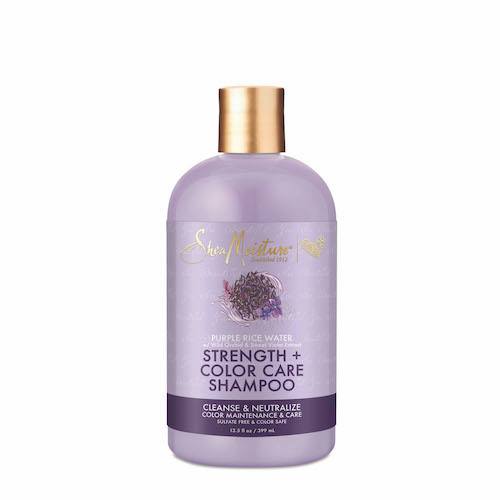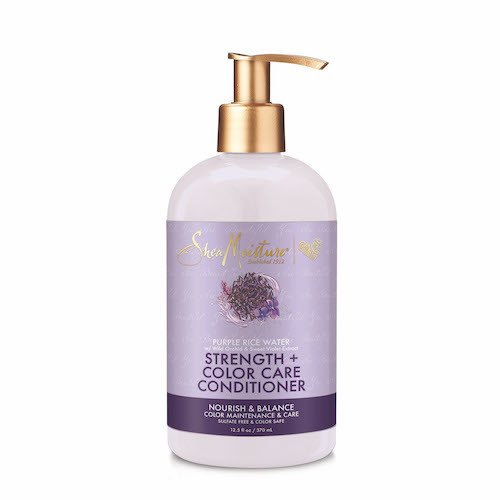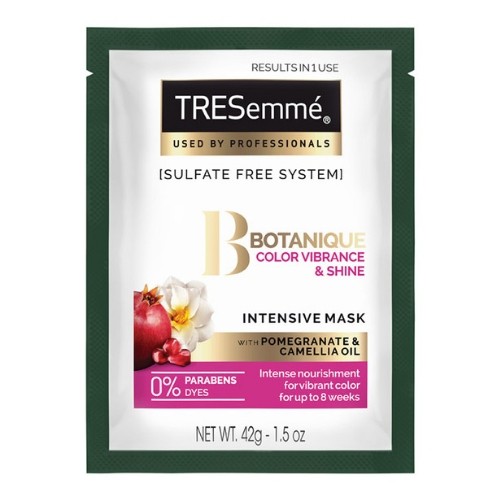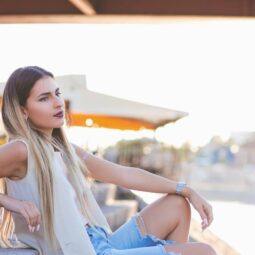
Balayage vs. Ombré: How Are They Different?
You've heard those words, but just what do they mean?
Sometimes it feels as if you need a glossary to stay on top of the latest hair terms. And just when you’ve wrapped your hair around one, another creeps in—sounding just like the first one! Enter balayage vs. ombré, two contenders in the hair highlighting sphere that always seems to be compared to one another when they are actually very different. Well, not that different, and herein lies the confusion. Read on to learn more about these two hot hair trends to help you decipher what’s what.
Balayage vs. Ombré Hair

What is Balayage?
Developed in France in the ’70s, balayage is a freehand highlighting technique where a colorist ‘sweeps’ or paints color onto your hair. Since no foils are used, balayage creates a gradual effect with its use of chunky and multi-dimensional color from the middle of the hair to the ends. Many people love this look as a way to achieve natural-looking and sun-kissed highlights that can easily blend in with darker roots. This technique doesn’t focus on coloring the roots, which can be favorable to those that can find that a hassle when coloring their locks.
Process timing: Depending on the length of your locks, the balayage coloring process can take up to two hours.
What is Ombré Hair?
Ombré, on the other hand, features a two-toned highlighting technique that’s very distinct and somewhat dramatic, characterized by dark roots and significantly lighter, more saturated color at the ends. A colorist uses a similar technique like balayage to achieve this look; however, ombre focuses on a thicker amount of color as well as lighter shades on the tips.
Process timing: Depending on the length of your locks, the ombré coloring process can take around four to five hours.
What’s the Difference Between Balayage and Ombré?
1. Balayage is considered more subtle and tends to suit people who want something a little more natural or not stray that far from their base, a.k.a. true-to-heart highlights.
2. The ombré technique focuses on creating hair that is strikingly lighter than your base color, where your roots look distinctively different than your ends.
3. Similar hair painting techniques are used for both methods.
4. Balayage grows out naturally into your hair.
5. Ombré and balayage can involve lightening with multiple colors or just one.
Product Must-Have’s for Balayage and Ombré Hair
After you decide on balayage or ombré hair, you’ll need to find the right hair products to protect your hue to ensure that it lasts. Try SheaMoisture Purple Rice Water Strength & Color Care Shampoo and Conditioner to preserve your color and keep your strands looking vibrant.
Balayage vs. Highlights – What’s the Difference?

Traditional highlights are applied using foils from as close to the root as possible. With balayage, the color is applied in selected strands on the top layers of the hair rather than all over. Balayage regrowth is softer and less noticeable, making it a more low-maintenance alternative to classic highlights. Credit: @hairbyerkan @carly.colors.hair
What Does Balayage Hair Look like Before and After?

As with any hair coloring process, balayage can result in some dryness, especially if you’re going significantly lighter. So, be sure to take care of your balayage hair at home by using nourishing products which put some of that moisture back into your hair to keep your color looking its best. Credit: @hairstylist_sarabea
Editor’s tip: In addition to your regular conditioner, we recommend caring for your balayage hair by treating it with an intensive deep conditioning treatment at least once a week. The TRESemmé Botanique Color Vibrance & Shine Intensive Mask
s ideal for color-treated hair types as it nourishes hair while making your color look more vibrant.
How Long Does It Take to Get Balayage Hair?

The process of getting balayage varies in length but takes on average between 2-4 hours. Different colorists have their own methods but generally, the process will follow the following steps:
- Consultation – You’ll start with a consultation, in which you discuss with your colorist what you want, show them any reference pictures you’ve got, and talk about what’s possible on your hair.
- Application – Your colorist will then section your hair and apply the color with a brush or their hands. They may use foil or cotton wool to keep certain sections separate.
- Developing time – The hair color is left on to develop, which can take around 30-40 minutes.
- Rinse – Once the color has developed, it will be washed out, shampooed, and assessed by your colorist.
- Toner – Depending on the color you’re trying to achieve, you may then need a toner to be applied to achieve your perfect shade.
- Blow dry – Finally, your hair will be blow-dried and styled to your chosen finish.
Can You Do Balayage at Home?

You may have seen that there are some at-home balayage kits out there on the market but we’d suggest that balayage is best left to the professionals. The benefits of having a professional applying your color is that they’ll be able to tell you what’s achievable on your hair and they’ll know which tones and where best to apply the color to flatter your face and coloring. Credit: @meltedbymish




